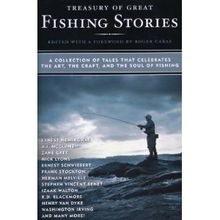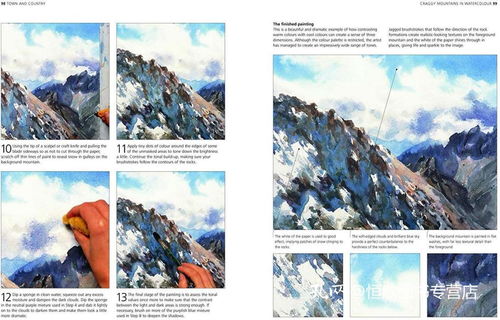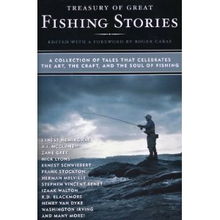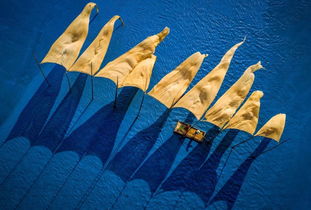Content:
Introduction: Fishing, an ancient pastime, has been captivating anglers for centuries. Whether you are a beginner or an experienced fisherman, the thrill of reeling in a big catch never fades. To enhance your fishing experience and increase your fish catch, it is essential to master the art of fishing. In this article, we will provide you with a comprehensive guide on fishing techniques, fish catching strategies, and a step-by-step diagram to help you become a pro angler.
Choosing the Right Equipment: Before you start fishing, it is crucial to have the right equipment. Here are some essential fishing gear you should consider:

- Rod and reel: Choose a rod and reel that match the type of fish you want to catch and the fishing environment.
- Line: Select a line that is suitable for the fish species and the fishing conditions.
- Lures and baits: Use lures and baits that are known to attract the fish you are targeting.
- Tackle box: Keep your fishing essentials organized in a tackle box for easy access.
Fish Catching Techniques:
a. Casting: Casting is the process of throwing your lure or bait into the water. Here are some casting techniques to help you improve your casting accuracy:
- Hold the rod with a comfortable grip.
- Swing the rod back with your wrist and arm.
- Release the line when the lure or bait reaches the desired distance.
- Practice different casting techniques, such as the roll cast, sidearm cast, and overhead cast.
b. Bait Presentation: Proper bait presentation is crucial for attracting fish. Here are some tips:
- Match the bait to the natural food source of the fish.
- Use a slow and steady retrieve to mimic the natural movement of the bait.
- Vary your retrieve speed and depth to trigger a strike.
c. Reading the Water: Understanding the water conditions is essential for successful fishing. Here are some tips to help you read the water:
Observe the water's surface for signs of fish activity, such as ripples, bubbles, or fish jumping.
Look for cover, such as rocks, logs, or vegetation, where fish might be hiding.
Pay attention to the water's color, clarity, and temperature, as these factors can affect fish behavior.
Fish Catching Strategies:
a. Seasonal Strategies: Fish behavior varies with the seasons. Here are some seasonal fishing strategies:
- Spring: Fish are actively feeding to replenish their energy reserves. Target shallow waters and use live bait or artificial lures that mimic emerging insects.
- Summer: Fish tend to move to deeper waters to escape the heat. Use lures or baits that resemble fish prey and fish in deeper, cooler waters.
- Fall: Fish are preparing for winter and are more aggressive. Target fish in their spawning areas or use larger baits to attract them.
- Winter: Fish are less active, so use slower retrieves and heavier baits to attract them.
b. Location Strategies: The location of your fishing spot can significantly impact your catch. Here are some tips for selecting the right location:
Research the area and identify hotspots, such as rivers, lakes, or streams with abundant fish populations.
Use maps and GPS devices to locate prime fishing spots.
Consult with local anglers or fishing guides for advice on the best locations.
Fish Catching Techniques Diagram:
To help you visualize the fishing techniques, we have created a step-by-step diagram:
[Insert Diagram Here]
Conclusion: Fishing is an enjoyable and rewarding activity that requires patience, practice, and knowledge. By following this comprehensive guide on fishing techniques, fish catching strategies, and our step-by-step diagram, you will be well on your way to becoming a skilled angler and reeling in more fish. Happy fishing!












